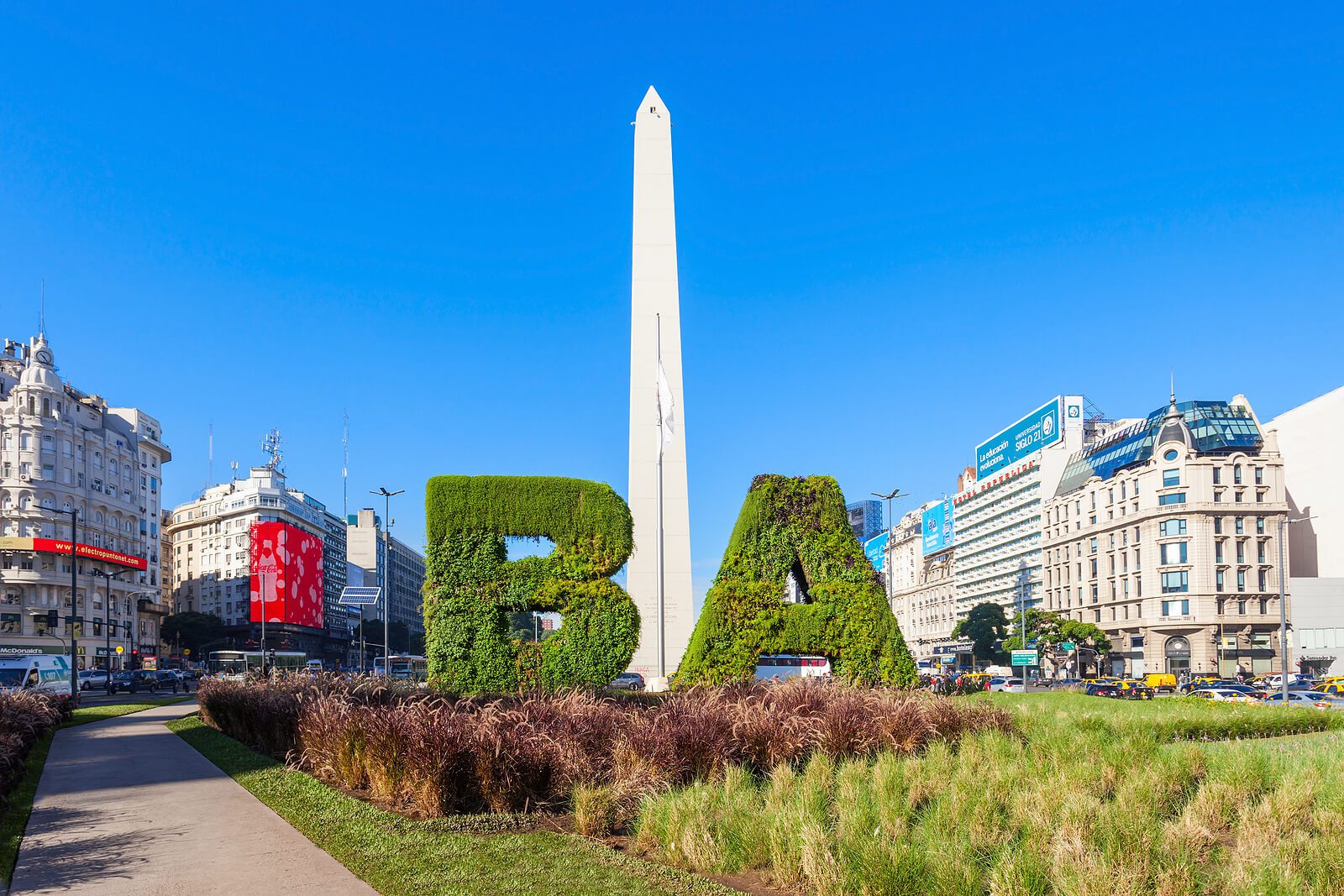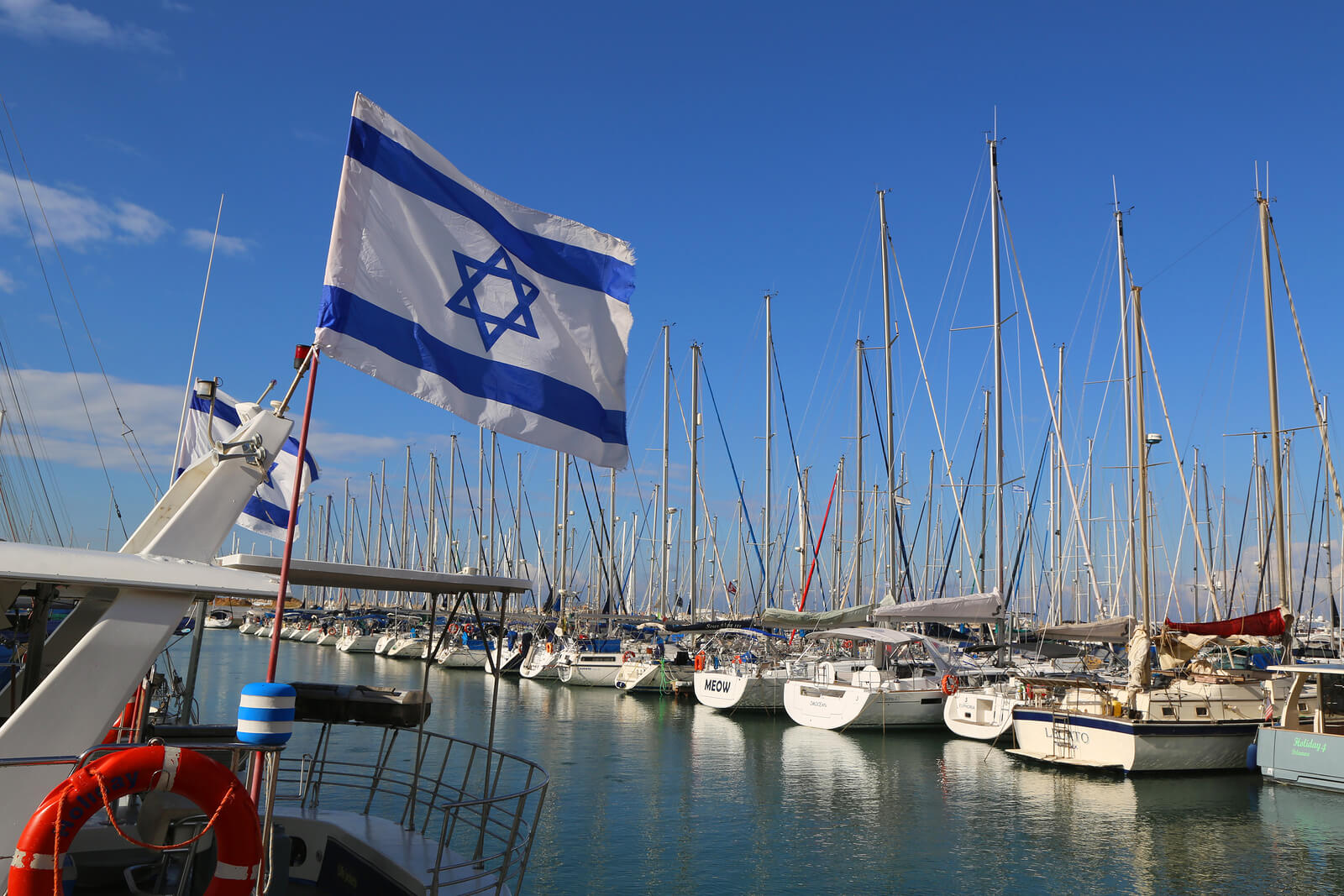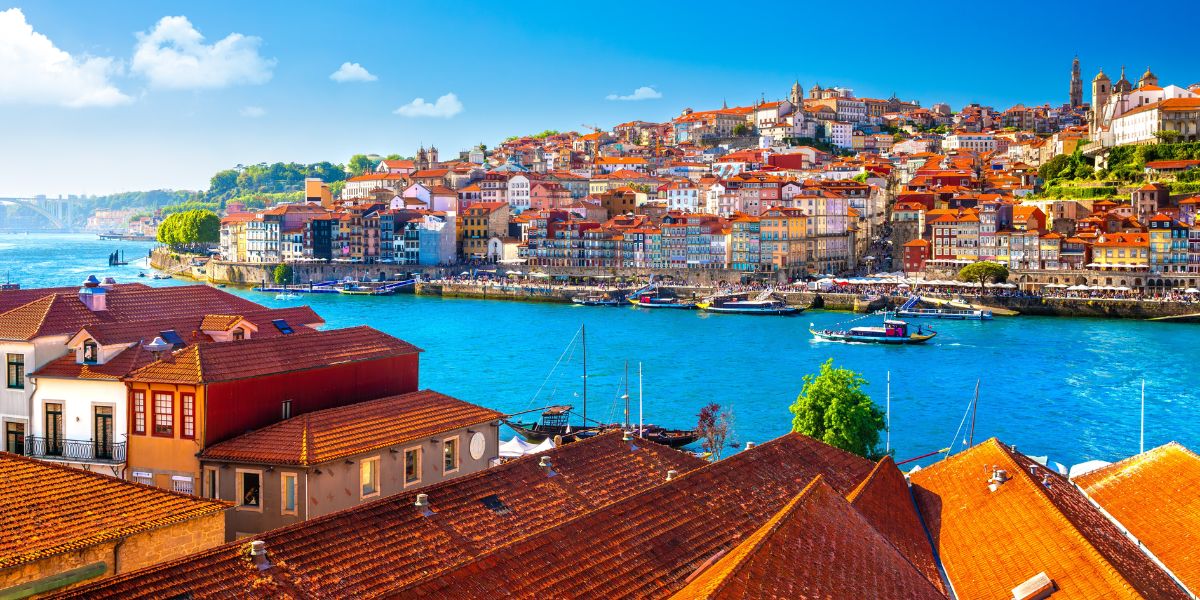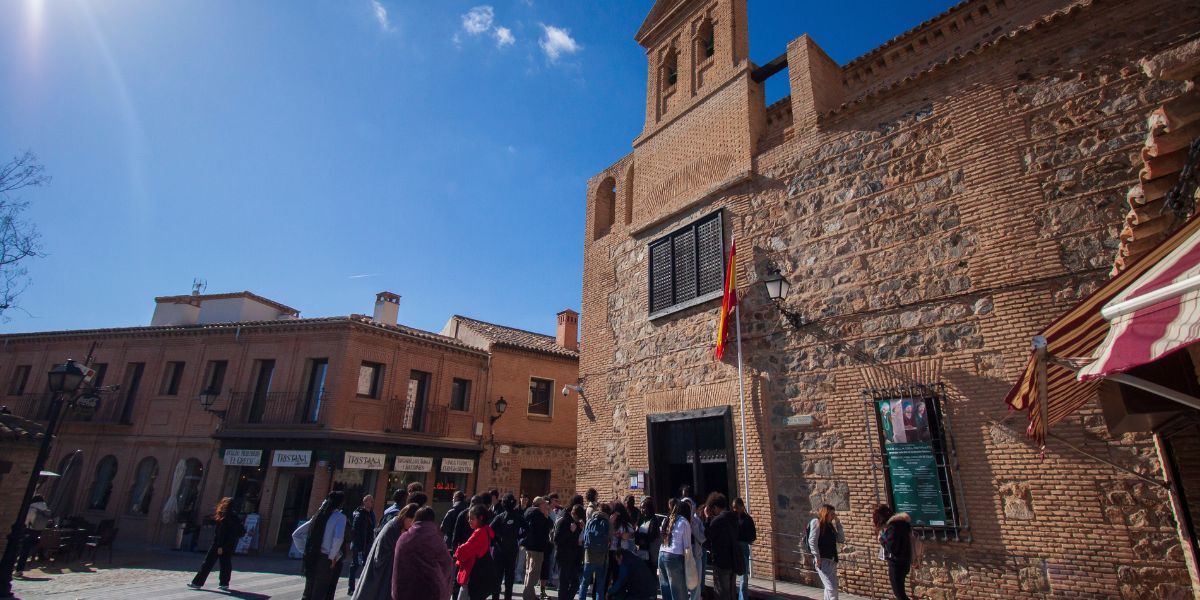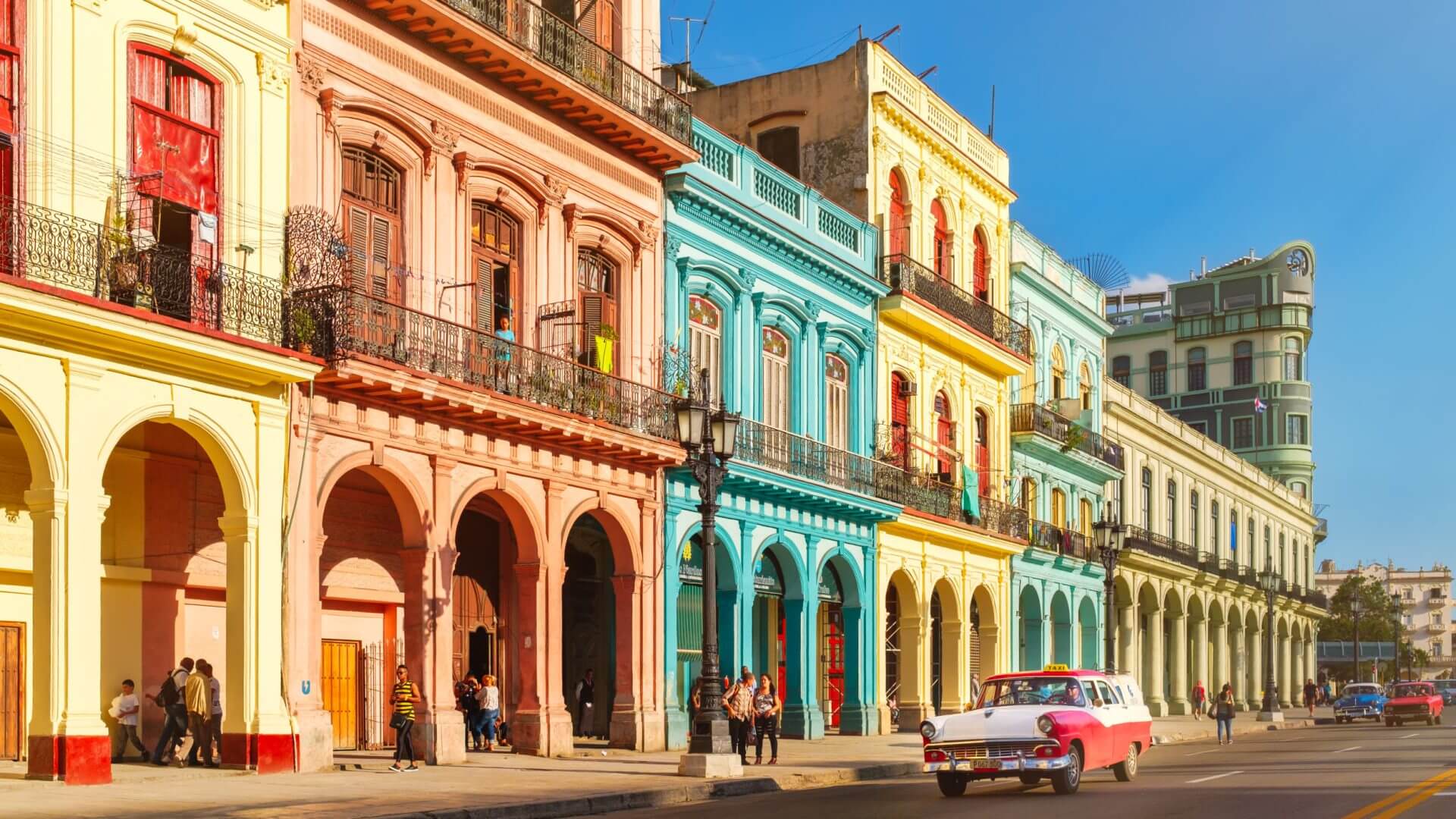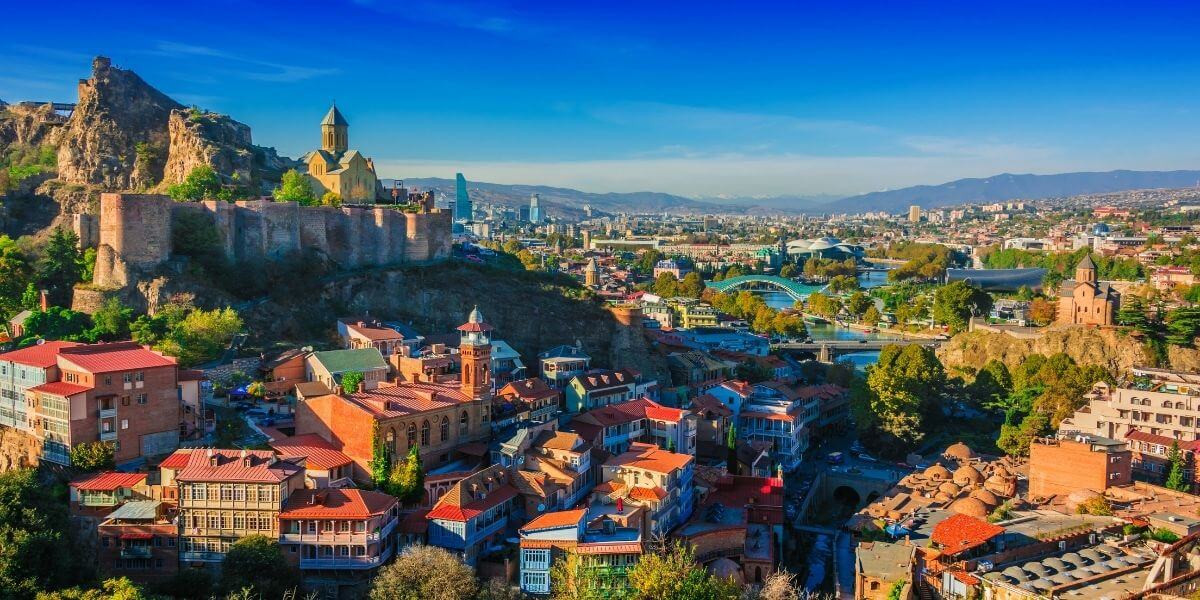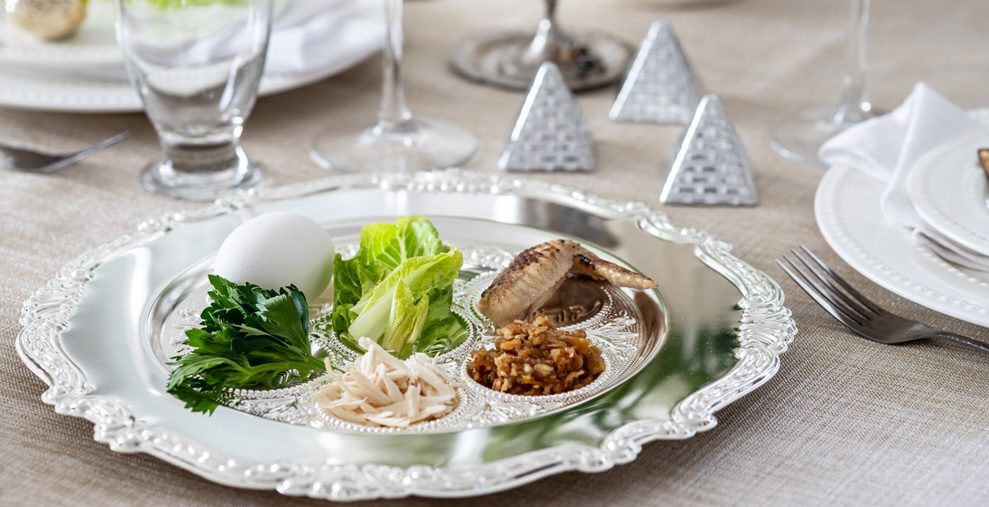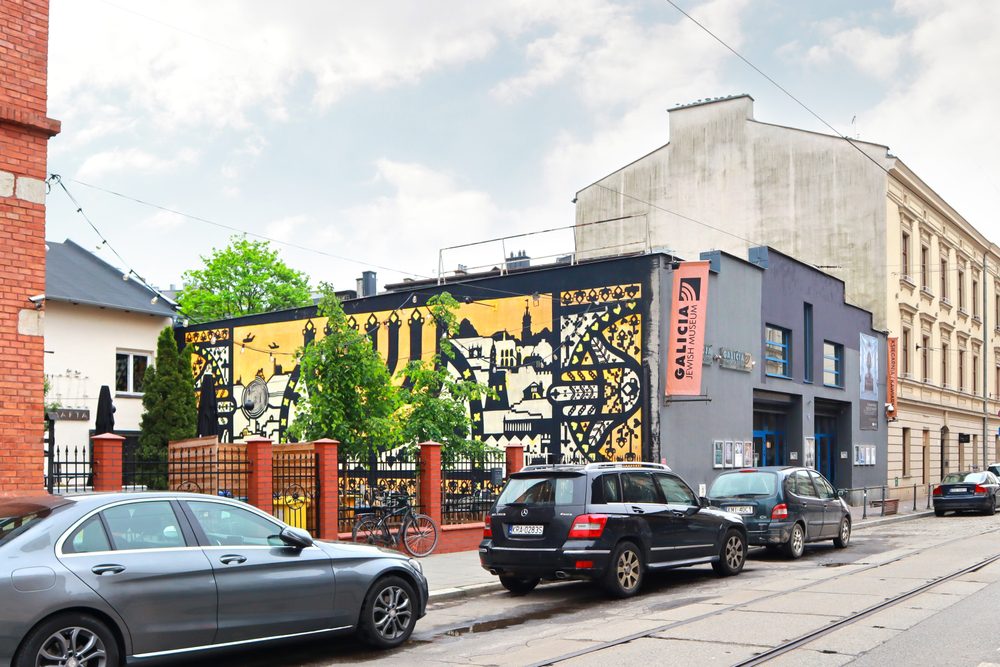Whether you are in Vienna for the scrumptious pastries or the opulent palaces, you will discover a city with a long history of music, art, and theater that can be explored through stunning architecture, its plethora of museums, and historical landmarks! The charming Austrian capital is one of those cities where, no matter how many times you’ve visited, you can always count on discovering new hidden gems every time you go. One of these hidden gems is Vienna’s centuries-old Jewish community!
Uknownst to many, Vienna was one of the largest centers of Jewish life in Europe, whose community played a critical role in shaping academia, music, and art from the 19th century through the beginning of the 20th century. While much of the once prominent community was erased during the Holocaust, Vienna is still a wonderful place for a Jewish heritage tour, as visitors can learn about the rich and inspiring legacy left behind through museums, memorials, the Jewish ghetto, and one of the oldest synagogues in Europe.
Discover the Top Cultural Landmarks in Vienna
As all travelers know, exploring Vienna’s museums during a tour of Eastern Europe is a must. But with so many top museums here, it’s impossible to visit them all. There are prehistoric creatures to see, and brilliant architecture, as well as amazing art. Many places, from the Leopold Museum to the House of Music, keep their doors open until late in the evening, so it’s more convenient for the visitors. Here are a few superb museums you ought to include in your itinerary.
The Best Art Museums
Belvedere
This magnificent Baroque palace consists of two palaces, Upper and Lower Belvedere. Three floors of the Upper Belvedere are home to four hundred twenty works. Exhibitions include the history of the Belvedere; art from the Middle Ages, Baroque, Classicism, and Biedermeier periods; Vienna Modernism and the art of 1900, with the biggest Gustav Klimt collection in the world; and the art of the inter-war and post-war periods.
In the Lower Belvedere, enjoy the grandeur and beauty of the Hall of the Grotesque, the Marble Gallery, the Golden Room, the Orangery, and the medieval art in the stables. Finally, you must see the glorious Baroque gardens with a pool reflecting the building’s façade, while the large terraces connect Upper and Lower Belvedere.
Kunsthistorisches Museum Wien (Art History Museum)
Built in 1891, opposite of the Naturhistorisches Museum as its mirror image, as home for the imperial family’s collections, the Kunsthistorisches Museum is considered one of the world’s most renowned museums. It houses prestigious art such as the largest Bruegel collection, art by Raphael, Vermeer, Velasquez, Rubens, Rembrandt, Dürer, Titian, and Tintoretto, as well as the Egyptian and Near Eastern Collection, and the Kunstkammer Vienna (Chamber of Art and Wonders) with valuable art from the Middle Ages, the Renaissance, and the Baroque era.
Bank Austria Kunstforum Wien
The Bank Austria Kunstforum of Vienna is primarily interested in art from the classical and modern periods, but also as well as post-war avant-garde. There are over 9,000 artworks in their collections, as well as meticulously assembled themed exhibitions. The special exhibits include works by Kokoschka, Cézanne, Schiele, Waldmüller, Klimt, Picasso, Van Gogh, Lassnig, and many others. The entry itself is also an art piece, designed by Gustav Peichl.
MAK – Museum for Applied Arts
Fan of design? Then you must visit MAK! You’ll see magnificent furniture, china, silver, glass, and textiles, from the Middle Ages to the present day, all high quality with wonderful, unique designs. Check out the invaluable crafts from the Wiener Werkstätte, bentwood furniture by Thonet, art nouveau design of Gustav Klimt, colorful and simple Biedermeier sofas, but also various collections, like unique Viennese arts and crafts, Chinese porcelain, Japanese wood cuts, as well as many other brilliant modern and contemporary pieces.
Museum of Illusions
It’s time to play with your perception! This fantastic, interactive museum, located in downtown Vienna, has over seventy exhibition pieces, holograms, stereograms, and optical illusions. You’ll see your family growing and shrinking, and the ground will disappear below you in the vortex room; you’ll defy gravity in the inclined room, serve the head of a friend on a tray, and take an amazing photo in an infinite room. If you have to wait a bit at the entrance, worry not, a magician is there to entertain the kids (but adults always have fun too).
The Best History Museums in Vienna
Liechtenstein Garden Palace
The palace of the Princely Family of Liechtenstein, with its awe-inspiring exterior, is where you’ll find one of the biggest Rubens collections, as well as brilliant artwork by van Dyck, Lucas Cranach, Raffael, Rembrandt, van Ruysdael, and Hamilton. You’ll also see one of the best-preserved French ceremonial coaches, and the most valuable pieces of furniture in the world, but also as well as a great variety of paintings, sculptures, tapestries, and porcelain. While there, make sure to explore its gorgeous extensive gardens.
Albertina
The Albertina is the largest Habsburg residential palace, built on the Augustinian Bastion – one of the last remaining sections of the fortifications of Vienna. Here, you’ll find one of the largest and most important print rooms in the world, and a collection gathered in 1776 by Duke Albert of Saxony-Teschen, with approximately one million master prints and 65,000 drawings. You can see the art from various periods, from French impressionism, over German expressionism and the Russian avant-garde, to the contemporary art, including Monet, Degas, and Renoir, among many others. Make sure to check out the architecture and photographic collections, and the staterooms with original furniture and wonderful decorations, where Archduchess Marie-Christine and, later, Archduke Karl once lived.
The Best Natural History Museum Vienna has to offer
Naturhistorisches Museum Vienna
Opened in 1889 near the Imperial Palace, this museum houses the history of the earth – of insects, animals, Neanderthals, gemstones, and minerals – within its 20 million objects. Visit the digital planetarium; see the biggest and oldest collection of meteorites, extinct and endangered animals, the 29,500-year-old ‘Venus von Willendorf’, and the Gold Cabinet with objects from across five millennia. See the remains of prehistoric animals, such as a bird of terror or a horned dinosaur skull, and a moving and growling allosaurus, and touch the left femur of a real sauropod!
Discovering Jewish Vienna – Vienna Jewish Museums and Memorials
Since the 12th century, Vienna has been home to Jews, and while their history in the Austrian capital has been turbulent, today, Vienna’s Jewish community is thriving once more, with a growing population of approximately 10,000 living in the city.
Visitors can immerse themselves in authentic Jewish Viennese culture by visiting local community centers, synagogues, traditional Jewish bakeries and eateries, and the numerous landmarks and memorials in Vienna dedicated to celebrating and preserving the unique heritage of its Jewish population.
If you are thinking of exploring Vienna’s Jewish history or embarking on a Jewish heritage journey, we have compiled a list of must-visit Jewish sites in Vienna that you should definitely consider adding to your itinerary!
Vienna’s Jewish Quarter, or the Judenplatz, is located in the historic first district and served as the center of Jewish life for centuries. Today, it is known as the Leopoldstadt district, filled with charming cobblestone streets, historic synagogues, and remains of the medieval Jewish ghetto.
Among the reminders of the past, one can see a Jewish community rebuilding and reclaiming its identity, with Jewish schools, synagogues, kosher restaurants, and cultural institutions now popping up across the district.
In addition to being a great way to immerse yourself in the city’s Jewish history, it also offers an opportunity to connect to the local community and learn firsthand about their experiences, traditions, and customs.
The Stadttempel Synagogue– Built in 1826, it is the only surviving pre-World War II synagogue left in Vienna. The synagogue’s exterior has a unique history which saved it from being destroyed by the Nazis. The structure was fitted into a block of apartments and hidden from plain view of the street due to an edict issued by Emperor Joseph II that only Roman Catholic places of worship were allowed to be built with facades adjacent to public streets. The synagogue would remain untouched throughout the war, unlike the 93 other synagogues that were destroyed.
Unlike the unassuming exterior, the design inside the Stadttempel Synagogue is nothing short of opulent, featuring intricate woodwork, multiple galleries, stained glass windows, and imposing columns. Today, the synagogue still serves the Jewish community, holding regular services, community activities, and cultural events for both the Jewish community and the broader public.
The Jewish cemetery on Seegasse in the ninth district has served as a burial ground for Vienna’s Jewish community for centuries, with headstones dating back up to 500 years, from the 16th, 17th, and 18th centuries. It is currently the only Jewish cemetery in the world that has been preserved in its pre-World War II state.
During the Holocaust, the Nazis desecrated many graveyards, including the Seegasse cemetery. Members of the Jewish community took it upon themselves to save several headstones and human remains and secretly buried them in Vienna’s Central Cemetary. These were discovered in 2013 and have since been returned to their rightful home in the Seegasse cemetery.
In addition to these important historical landmarks, you can explore Viennese Jewish culture and history with Jewish walking tours of Vienna, including the Freud Museum, the Jewish Museum of Vienna, The Judenplatz Museum, and the Judenplatz Holocaust Memorial.
The Jewish Museum of Vienna
Palais Eskeles in Dorotheergasse
If you want to learn about the Jewish history of Vienna, from its start in the medieval era to post-World War II, the Jewish Museum of Vienna is the way to do it! Opened to the public in 1895, it is the first Jewish museum in the world, focusing on the history, culture, customs, and community life of the Jews in the Austro-Hungarian Empire, with a particular emphasis on Galicia and Vienna.
The museum is split into two sections: The first explores the rebuilding of Jewish life after the Holocaust, while the other part of the museum looks at Jewish life before World War II, including the three expulsions of Jews from Austria in the 13th century, the 15th century, and the 20th century.
Since 2013, the Jewish Museum Vienna has offered a permanent exhibition called “Our City! Jewish Vienna to the Present Day,” which begins in 1945 and leads to the present-day Jewish community in Vienna. The exhibition shows the trials and challenges the destroyed community faced in the aftermath of the Holocaust to today’s small yet flourishing community.
Museum Judenplatz
Misrachi House on Judenplatz
Named after Vinena’s former Jewish ghetto, which was the heart of the community in medieval times, the Museum Judenplatz delves into the religious, social, cultural, and social lives of Viennese Jews in the Middle Ages.
The museum was opened in 2000 and is operated by the Jewish Museum of the City of Vienna. While the building itself is modern, visitors can walk through underground corridors that reveal the foundations of an excavated medieval synagogue!
For those looking for a more contemporary experience, art installations and photography exhibitions with Jewish, religious, and spiritual themes are available year-round for visitors to enjoy.
Sigmund Freud House
If you’re looking for a unique experience for your Jewish heritage tour, you can learn about the life and work of revolutionary Jewish psychoanalyst Sigmund Freud. Located on Wien IX Berggasse, where Freud held his practice and where his family lived for 47 years before escaping the Nazis in 1938, visitors can walk in his footsteps through the museum’s permanent collection, which includes the original functions of the rooms, personal objects, over 2,000 manuscripts, and photographs that illustrate Freud’s professional and family life.
Throughout the year, visitors can also explore special exhibitions and attend events that explore the influence of psychoanalysis on art and society, the history of psychoanalysis, and a modern art collection.
Judenplatz Holocaust Memorial
During the Holocaust, approximately 130,000 Jews emigrated, and 65,000 Viennese Jews perished at the hands of the Nazis. To commemorate their memory and serve as a place of reflection, the Judenplatz Holocaust Memorial, otherwise known as the Nameless Library, was erected in the center of the former Jewish ghetto where a medieval synagogue once stood.
The monument is built to look like a library, with locked doors and row after row of books (7,000 to be exact) with inverted spines, which is meant to symbolize the untold stories of the victims and the loss of knowledge and culture as a result of the Jewish community’s destruction. Located right near the Judenplatz Museum, this memorial is a great place for locals and tourists alike to take a break and contemplate the impact the Holocaust had on Viennese society and how we can learn from history to make a more tolerant society for future generations.
